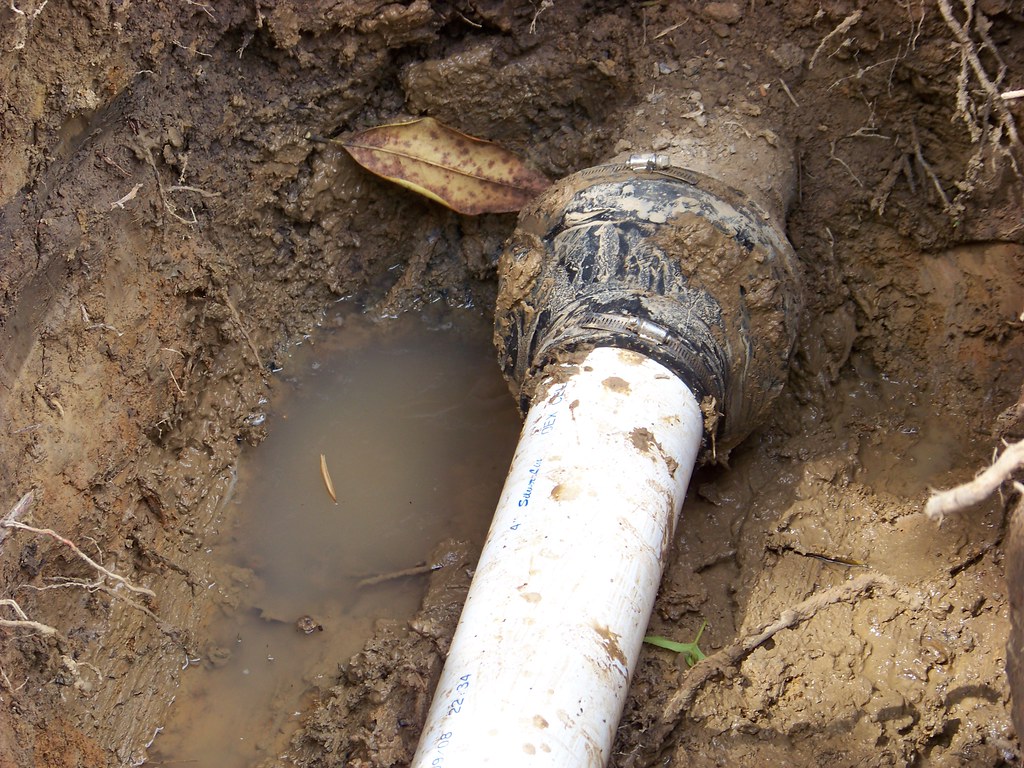Sewer line issues are among the most daunting challenges homeowners can face, potentially leading to significant inconvenience, environmental hazards, and costly repairs. However, with a strategic approach and a clear understanding of the problem and solutions available, managing and repairing sewer line issues can be less overwhelming. This comprehensive guide explores efficient strategies for sewer line repairs, helping homeowners navigate the complexities of maintaining their sewer systems effectively.
Understanding the Basics
Before diving into repair strategies, it’s crucial to grasp the basics of how sewer systems work and the common issues they face. Sewer lines carry waste away from your home to municipal sewers or septic systems, but over time, they can suffer from blockages, breaks, or wear and tear due to various factors such as tree root intrusion, aging infrastructure, or improper use.
Recognizing Signs of Trouble
Early detection of sewer line problems can significantly reduce the extent and cost of Sewer repair. Key indicators include:
- Slow draining sinks and toilets
- Frequent backups or overflows
- Unpleasant odors emanating from drains
- Gurgling sounds from plumbing fixtures
- Patches of unusually lush vegetation in the yard
Choosing the Right Diagnostic Tools
Modern technology has revolutionized the diagnosis of sewer problems, allowing for precise and less invasive methods. Sewer camera inspections are particularly valuable, providing a visual assessment of the line’s condition and identifying exact locations of damage or blockages.
Repair Techniques: Traditional vs. Trenchless
Traditional Repair Methods
Historically, repairing or replacing sewer lines meant extensive excavation, disrupting landscaping and hardscaping. While sometimes necessary, traditional repairs are generally more time-consuming and costly.
Trenchless Repair Solutions
Trenchless technologies offer efficient alternatives, minimizing disruption and speeding up the repair process. Key methods include:
- Pipe Lining (CIPP): A flexible liner coated with resin is inserted into the damaged pipe and cured in place, creating a new pipe within the old one.
- Pipe Bursting: This method replaces the old pipe by pulling a new one through it, simultaneously breaking apart the old pipe and laying the new pipe in its place.
Implementing Preventative Measures
Prevention is always better than cure, especially regarding sewer maintenance. Regular inspections, mindful disposal practices, and managing tree roots can prevent many common sewer line issues.
Regular Inspections and Cleanings
Scheduling professional inspections and cleanings can catch potential problems early and maintain the sewer system’s optimal flow.
Mindful Disposal Practices
Educating household members on what should not go down the drains—such as grease, wipes, and other non-biodegradable items—can prevent blockages and protect the integrity of sewer lines.
Managing Tree Roots
Tree roots seeking moisture can invade sewer lines, causing significant damage. Plant trees away from sewer lines when possible, and consider root barriers or safe chemical treatments to deter root growth into pipes.
Navigating the Repair Process
Selecting a Reputable Contractor
Choosing the right contractor is crucial for successful sewer line repairs. Look for licensed, experienced professionals with expertise in both traditional and trenchless repair methods.
Understanding Repair Costs
Costs can vary widely based on the repair method, the extent of damage, and local labor rates. Obtain detailed estimates from multiple contractors to ensure transparency and prepare financially for the repairs.
Preparing for the Work
Depending on the chosen repair method, some preparation may be necessary, such as clearing access to sewer cleanouts or making temporary arrangements for water use during the repair process.
Legal and Environmental Considerations
Compliance with local regulations and permits is essential when undertaking sewer line repairs. Additionally, consider the environmental impact of the repair process, opting for methods that minimize soil disturbance and waste.
Conclusion
Sewer line issues needn’t be a source of dread for homeowners. With the right knowledge, a proactive approach, and the assistance of skilled professionals, managing and repairing sewer lines can be a straightforward process. By staying sewer savvy—recognizing signs of trouble, leveraging modern diagnostic and repair technologies, and implementing preventative measures—homeowners can ensure their sewer systems operate efficiently, protecting their homes and the environment.
